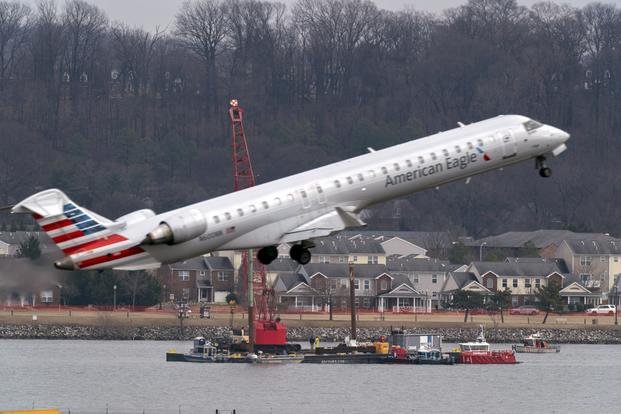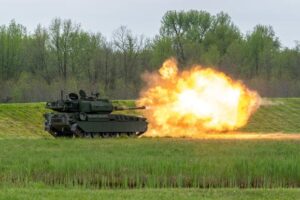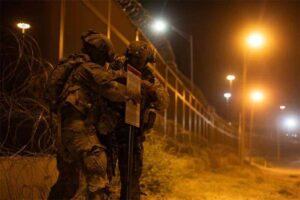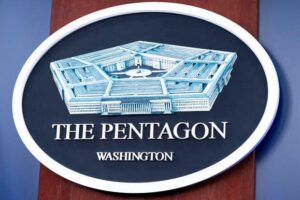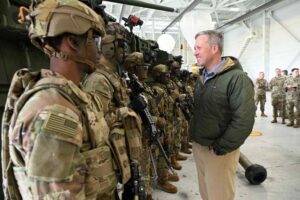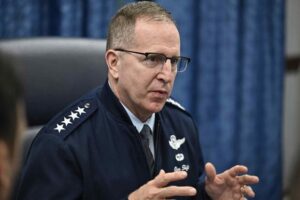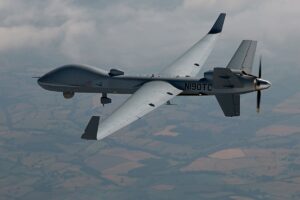The lapse in communication between military and civilian air traffic controllers in Washington, D.C., has raised significant safety concerns. A hotline, intended to facilitate seamless coordination, has been out of service for over three years, potentially contributing to a recent near miss following the resumption of Army helicopter flights in the region. This incident has reignited discussions about airspace safety near Ronald Reagan Washington National Airport.
Frank McIntosh, an official from the Federal Aviation Administration (FAA) overseeing air traffic controllers, revealed during a Senate hearing that the agency was unaware of the hotline’s dysfunction since March 2022 until the latest air traffic incident occurred. Despite having alternative landline communication methods, the FAA is urging the immediate repair of the hotline to prevent further issues.
Defense department representatives have yet to respond to inquiries concerning the recent near miss and the measures being implemented to ensure the safety of helicopter operations in the vicinity. The FAA also did not provide additional details on the intended use of the hotline post-hearing.
Sen. Ted Cruz expressed alarm over the developments, stating, “The developments at DCA (Reagan airport) in its airspace are extremely concerning. This committee remains laser-focused on monitoring a safe return to operations at DCA and making sure all users in the airspace are operating responsibly.”
Following the incident, the Army took proactive measures by suspending helicopter flights around the airport. McIntosh indicated that the FAA was on the verge of mandating a halt to these flights due to safety concerns before the Army’s voluntary suspension.
Reflecting on the January collision between an American Airlines jet and an Army helicopter that resulted in 67 fatalities, the deadliest crash on U.S. soil since 2001, the National Transportation Safety Board (NTSB) highlighted 85 near misses in the preceding three years that warranted preventive action.
In response to the crash, the FAA has been working to keep military helicopters out of the same airspace as commercial flights. However, a recent incident on May 1 required air traffic controllers to instruct two planes to abort landings due to an Army helicopter near the Pentagon.
Sen. Tammy Duckworth criticized the ongoing risks, stating, “After the deadly crash near Reagan National Airport, FAA closed the helicopter route involved, but a lack of coordination between FAA and the Department of Defense has continued to put the flying public at risk.”
McIntosh emphasized that the helicopter should never have entered the restricted airspace without proper clearance from air traffic control, a lapse that he described as a significant safety drift.
The NTSB is actively investigating the events surrounding these incidents.
In a separate occurrence, a commercial flight departing from Reagan airport had to perform evasive maneuvers when it narrowly avoided four military jets en route to a flyover at Arlington National Cemetery. McIntosh attributed this to a communication error between FAA controllers at different facilities, an issue he confirmed has been resolved.
© Copyright 2025 Associated Press. All rights reserved. This material may not be published, broadcast, rewritten or redistributed.

